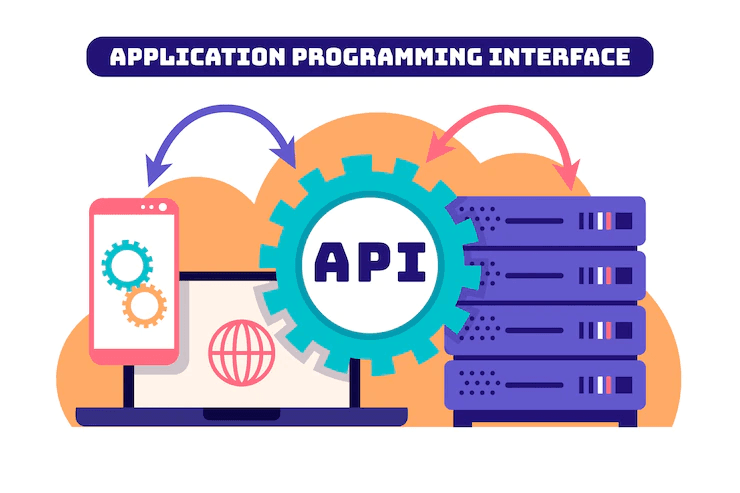
Understanding APIs: A Beginner's Guide to Application Programming Interfaces
March 13, 2023
PouyaSadri
Snippet: If you're new to the world of programming, you may have heard the term "API" thrown around. But what exactly is an API and how does it work? This beginner's guide to APIs will break down everything you need to know, from the basics of what an API is to how to use it to create powerful applications. Whether you're a developer just starting out or a curious non-technical person, this guide will provide you with a solid foundation for understanding APIs.
Tips
API
What is an API (Application Programming Interface)?
An API, or application programming interface, is a collection of protocols, tools, and standards that enable developers to create software applications that can interact with each other. With APIs, software components can exchange data and communicate seamlessly, regardless of the programming languages, platforms, or devices used.
APIs have a wide range of uses, including retrieving data from a remote server, integrating disparate software systems, and automating tasks. They can help businesses and developers save time and resources, streamline workflows, and improve the user experience.
In summary, APIs are an essential part of modern software development, offering endless possibilities for innovation and collaboration. Whether you're building a mobile app, a website, or a backend system, APIs can help you achieve your goals more efficiently and effectively.
Various types of APIs
APIs come in various types, each with its own protocols and functions. Some of the most common API types include REST APIs, SOAP APIs, and GraphQL APIs.
- REST APIs, which stands for Representational State Transfer APIs, utilize HTTP requests to manipulate and access data. REST APIs are prevalent in web and mobile app development.
- SOAP APIs, or Simple Object Access Protocol APIs, rely on XML-based messaging to exchange data between applications. Enterprises typically use SOAP APIs.
- GraphQL APIs use a query language to enable developers to specify the data they need from an API instead of receiving a predetermined set of data. Developers often use GraphQL APIs for building complex data applications.
In conclusion, understanding the different types of APIs is crucial for developers, businesses, and organizations that require efficient data communication. Each API type offers distinct benefits, so it's essential to choose the appropriate API for your specific application requirements.
Use case of APIs:
APIs are versatile tools that find application in various software development processes. They are useful for:
- Data retrieval: APIs facilitate the retrieval of data from remote servers or databases, which enables developers to create applications that integrate data from multiple sources. APIs help make sense of data by providing a standardized and simplified access point.
- Integration: APIs enable the integration of different software systems, allowing applications to communicate and work together seamlessly. Integration helps businesses and developers to achieve efficiency and cost-saving measures, streamline workflows, and improve the user experience.
- Automation: APIs can be used to automate tasks such as updating a database, sending emails, or initiating workflows, saving time and resources while reducing errors.
In summary, APIs can simplify complex software development tasks, enhance the user experience, and boost productivity. Understanding the applications of APIs is essential for businesses and developers looking to leverage them for maximum impact.